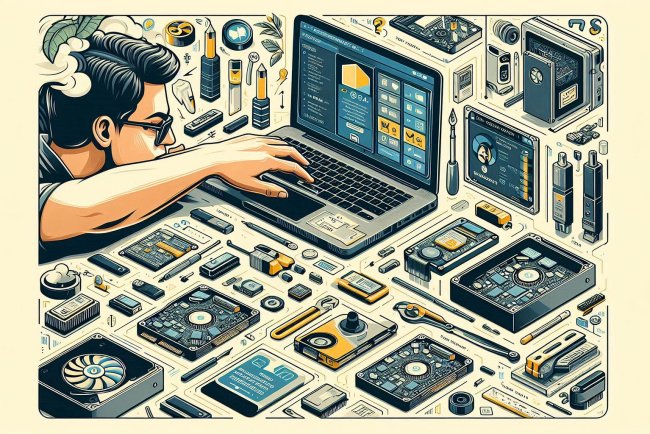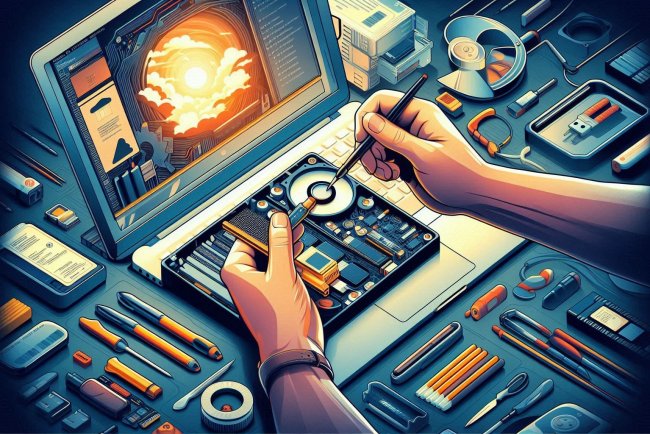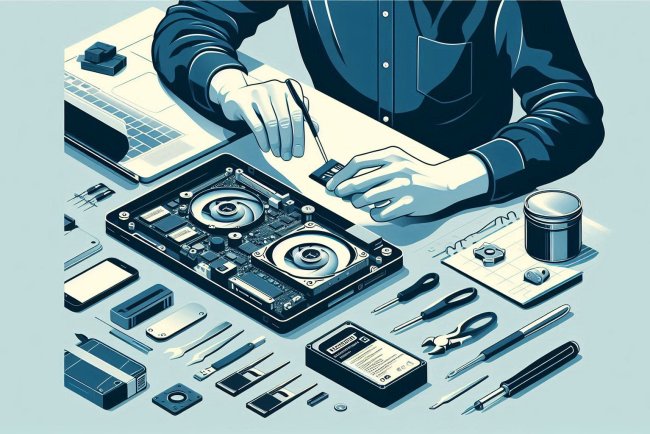How to Create Windows 7 System Repair USB
Learn how to create a Windows 7 System Repair USB to troubleshoot and fix issues with your computer quickly and easily.

Creating a Windows 7 System Repair USB is a handy way to troubleshoot and repair your computer if it encounters errors or fails to boot properly. In this guide, we will walk you through the steps to create a Windows 7 System Repair USB in HTML format. **Step 1: Prepare Your USB Drive** 1. Insert a blank USB drive into a USB port on your computer. 2. Make sure the USB drive has a capacity of at least 512 MB to accommodate the Windows 7 System Repair files. 3. Backup any data on the USB drive as the following steps will format it. **Step 2: Download Windows 7 System Repair Image** 1. Open a web browser on your computer. 2. Navigate to the official Microsoft website or a trusted source to download the Windows 7 System Repair image. 3. Look for the download link for the Windows 7 System Repair image and click on it to start the download. **Step 3: Format the USB Drive** 1. Press `Win + R` on your keyboard to open the Run dialog box. 2. Type `diskpart` and press Enter to open the DiskPart utility. 3. In the DiskPart window, type the following commands one by one and press Enter after each command: - `list disk` (This will display a list of all the disks connected to your computer.) - `select disk X` (Replace X with the number corresponding to your USB drive.) - `clean` (This will erase all data on the USB drive.) - `create partition primary` (This will create a primary partition on the USB drive.) - `select partition 1` (This will select the partition you just created.) - `format fs=ntfs quick` (This will format the partition with the NTFS file system.) - `active` (This will mark the partition as active.) - `exit` (This will exit the DiskPart utility.) **Step 4: Copy Windows 7 System Repair Files to USB Drive** 1. Locate the downloaded Windows 7 System Repair image file on your computer. 2. Right-click on the file and select "Mount" to mount the image file. 3. Open File Explorer and navigate to the mounted image drive. 4. Select all the files and folders in the mounted image drive and copy them. 5. Paste the copied files and folders into the root directory of the formatted USB drive. **Step 5: Configure the Boot Order** 1. Restart your computer. 2. As the computer restarts, press the key (usually Del, F2, F12, Esc) to enter the BIOS or UEFI settings. 3. Navigate to the Boot or Boot Order section in the BIOS or UEFI settings. 4. Change the boot order so that the USB drive is set as the first boot device. 5. Save the changes and exit the BIOS or UEFI settings. **Step 6: Boot from the Windows 7 System Repair USB** 1. Insert the Windows 7 System Repair USB into a USB port on your computer. 2. Restart your computer. 3. As the computer restarts, it should boot from the USB drive. 4. Follow the on-screen instructions to access the Windows 7 System Repair tools and troubleshoot any issues with your computer. Congratulations! You have successfully created a Windows 7 System Repair USB in HTML format. This handy tool can help you troubleshoot and repair your computer in case of errors or boot failures.
What's Your Reaction?

















